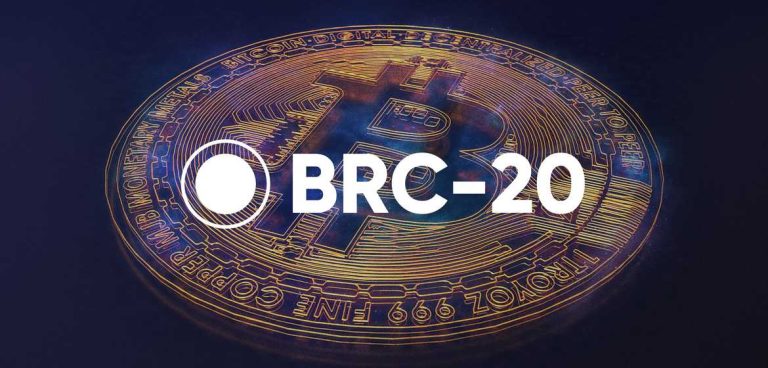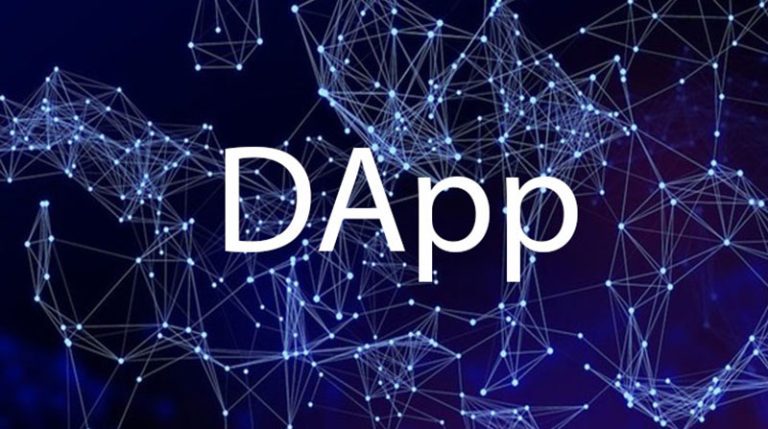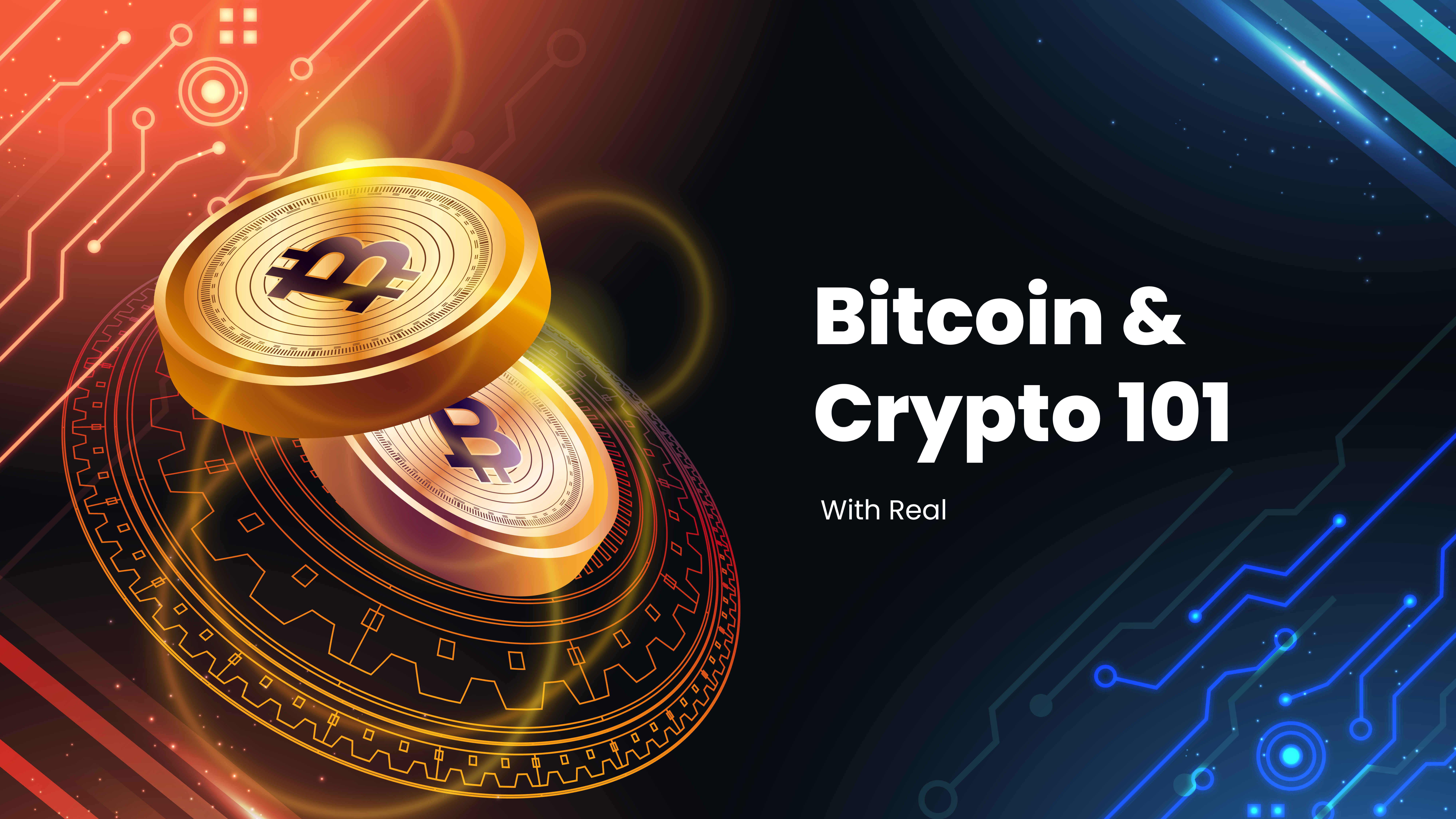Introduction
The purpose of this article is to provide an overview of Avalanche, a project that aims to create a high-performance and scalable platform for decentralized applications. Avalanche is a blockchain platform that functions as a platform for decentralized applications and custom blockchain networks. It is one of Ethereum’s rivals, aiming to unseat Ethereum as the most popular blockchain for smart contracts. It aims to do so by having a higher transaction output of up to 6,500 transactions per second while not compromising scalability, security, and decentralization. This is made possible by Avalanche’s unique architecture, which consists of three interoperable blockchains: the X-Chain, C-Chain, and P-Chain. Each chain has a distinct purpose and uses a novel consensus mechanism called Avalanche consensus. After its mainnet launch in 2020, Avalanche has worked on developing its own ecosystem of DApps and DeFi. Different Ethereum-based projects such as SushiSwap, TrueUSD, and Chainlink have integrated with Avalanche. Furthermore, the platform is constantly working on improving interoperability between its own ecosystem and Ethereum, like through the development of bridges. In this article, we will explore the project overview, background, tokenomics, features and functionality, among others of Avalanche.
Overview
Avalanche is a blockchain platform that consists of three main components: the X-Chain, C-Chain, and P-Chain. The X-Chain is the exchange chain, where users can create and exchange the native AVAX tokens and other assets. The X-Chain uses the Avalanche consensus mechanism, which is a leaderless, metastable, and probabilistic consensus protocol that allows for fast and final transactions. The X-Chain can support thousands of transactions per second, with sub-second confirmation times, and minimal fees. The X-Chain is compatible with any asset that follows a set of standardized rules, similar to the ERC-20 standard on Ethereum.
The C-Chain is the contract chain, where users can deploy and execute smart contracts. The C-Chain is an instance of the Ethereum Virtual Machine (EVM), which means that it is fully compatible with Ethereum smart contracts and tools. The C-Chain also uses the Avalanche consensus mechanism, which enables it to achieve higher performance and scalability than Ethereum. The C-Chain can support hundreds of transactions per second, with near-instant confirmation times, and lower fees. The C-Chain is suitable for applications that require complex logic and computation, such as DeFi, gaming, and NFTs.
The P-Chain is the platform chain, where users can create and manage custom blockchains, called subnets. Subnets are independent and interoperable blockchains that can have their own validators, rules, and parameters. Subnets can leverage the security and scalability of the Avalanche network, while having the flexibility and customizability of their own chains. Subnets can support various use cases and applications, such as private, public, permissioned, or permissionless chains. Subnets can also communicate and exchange value with other subnets, as well as with the X-Chain, C-Chain, and the Ethereum mainnet, through the Avalanche Bridge.
Avalanche is developed by Ava Labs, a research and development company that focuses on building blockchain and cryptography solutions for enterprises, developers, and users. Ava Labs was founded in 2018 by Emin Gün Sirer, Kevin Sekniqi, and Maofan “Ted” Yin, who are computer science professors and researchers at Cornell University, and have extensive experience and expertise in the fields of cryptography, security, and distributed systems.
Background

Avalanche was launched to the public in 2020, after two years of research and development. Avalanche is named after the concept of avalanche, which is a phenomenon where a small disturbance can trigger a massive chain reaction. Avalanche uses a similar mechanism, where a small number of randomly sampled nodes can quickly reach consensus and propagate it to the rest of the network. Avalanche’s native cryptocurrency, AVAX, is named after the concept of avalanche, which is also the unit of measurement of snowfall. AVAX is used to secure the Avalanche network and pay transaction fees across the network.
Since its launch, Avalanche has achieved several milestones, such as:
– Launching the Avalanche mainnet, the first public deployment of the Avalanche platform, which supports the X-Chain, C-Chain, and P-Chain, in September 2020.
– Launching the Avalanche-Ethereum Bridge, a cross-chain bridge that enables the transfer of tokens and value between Ethereum and Avalanche, as well as between different Avalanche chains, in February 2021.
– Launching the Avalanche Rush program, a $180 million liquidity mining incentive program that aims to bring more DeFi applications and users to Avalanche, in partnership with Aave, Curve, SushiSwap, and other leading DeFi projects, in August 2021.
– Launching the Avalanche Apricot upgrade, the first network upgrade of Avalanche, which introduces various improvements and optimizations, such as dynamic fees, time-based transaction ordering, and C-Chain pruning, in September 2021.
– Launching the Avalanche NFT marketplace, a platform that enables the creation, buying, selling, and trading of non-fungible tokens (NFTs) on Avalanche, and supports various digital art and collectibles, in October 2021.
The driving force behind Avalanche (AVAX) is a formidable team of experts deeply entrenched in the blockchain realm. Spearheading this innovative venture is Emin Gün Sirer, a distinguished computer scientist celebrated for his research contributions and influential work in the blockchain space. Alongside him stands Kevin Sekniqi, a visionary with a profound understanding of distributed systems and cryptography. The team is further enriched by the expertise of Maofan “Ted” Yin, a seasoned developer with extensive experience in network protocols and distributed systems. This dynamic trio is complemented by a host of accomplished professionals specializing in various domains, collectively working towards realizing the vision of a highly scalable, secure, and versatile blockchain ecosystem.
Tokenomics

AVAX is the native utility token of Avalanche, and it is used for the following functions:
– Payment: Users can use AVAX to pay for the transaction fees and gas costs on the Avalanche network, which are determined by the validators, and depend on the complexity and demand of the transactions.
– Staking: Users can stake AVAX to participate in the consensus and governance of the Avalanche network, and earn rewards for their service. AVAX holders can either run their own validator nodes, or delegate their AVAX to other validator operators, who share a portion of the rewards with the delegators.
– Governance: Users can use AVAX to participate in the governance and development of the Avalanche network, by voting on proposals and changes to the protocol, and influencing the direction and vision of the project.
The total supply of AVAX is 720,000,000 and the current circulating supply is 220,286,577 (~30.6% of the total token supply) as of November 12, 2023. The token distribution of AVAX is as follows:
– Sale: 50% (360,000,000 AVAX), sold to the public and private investors who supported the project in 2019 and 2020, at an average price of $0.85 per AVAX.
– Team: 17.5% (126,000,000 AVAX), allocated for the team members who develop and maintain the Avalanche network, and receive AVAX as compensation and vesting.
– Foundation: 17.5% (126,000,000 AVAX), reserved for the Avalanche Foundation, a non-profit organization that supports the research, education, and community development of the Avalanche ecosystem.
– Community: 10% (72,000,000 AVAX), allocated for the community members who contribute and participate in the Avalanche ecosystem, and receive AVAX as grants, airdrops, and rewards.
– Advisors: 5% (36,000,000 AVAX), allocated for the advisors and collaborators who support and integrate with the Avalanche network, and receive AVAX as incentives and benefits.
Users can buy, store, and trade AVAX on various platforms, such as:
– Avalanche: Users can use the official Avalanche platform and website to access various features and functionalities of the network, such as the Avalanche Wallet, the Avalanche Bridge, and the Avalanche NFT marketplace.
– Uniswap: Users can swap AVAX with other tokens on Uniswap, a decentralized exchange that supports Avalanche and other Ethereum-based projects.
– SushiSwap: Users can swap AVAX with other tokens on SushiSwap, a decentralized exchange that supports Avalanche and other Ethereum-based projects.
– MetaMask: Users can store and manage AVAX and other Ethereum-based tokens on MetaMask, a browser extension wallet that supports Avalanche and other Ethereum-based projects.
– Ledger: Users can store and manage AVAX and other Ethereum-based tokens on Ledger, a hardware wallet that supports Avalanche and other Ethereum-based projects.

Features and Functionality
- X-Chain: Users can access the X-Chain, the exchange chain, where they can create and exchange the native AVAX tokens and other assets. The X-Chain uses the Avalanche consensus mechanism, which is a leaderless, metastable, and probabilistic consensus protocol that allows for fast and final transactions. The X-Chain can support thousands of transactions per second, with sub-second confirmation times, and minimal fees. The X-Chain is compatible with any asset that follows a set of standardized rules, similar to the ERC-20 standard on Ethereum.
- C-Chain: Users can access the C-Chain, the contract chain, where they can deploy and execute smart contracts. The C-Chain is an instance of the Ethereum Virtual Machine (EVM), which means that it is fully compatible with Ethereum smart contracts and tools. The C-Chain also uses the Avalanche consensus mechanism, which enables it to achieve higher performance and scalability than Ethereum. The C-Chain can support hundreds of transactions per second, with near-instant confirmation times, and lower fees. The C-Chain is suitable for applications that require complex logic and computation, such as DeFi, gaming, and NFTs..
- P-Chain: Users can access the P-Chain, the platform chain, where they can create and manage custom blockchains, called subnets. Subnets are independent and interoperable blockchains that can have their own validators, rules, and parameters. Subnets can leverage the security and scalability of the Avalanche network, while having the flexibility and customizability of their own chains. Subnets can support various use cases and applications, such as private, public, permissioned, or permissionless chains. Subnets can also communicate and exchange value with other subnets, as well as with the X-Chain, C-Chain, and the Ethereum mainnet, through the Avalanche Bridge.
Some of the unique selling points and advantages of Avalanche are:
- Scalability and Performance: Avalanche is a scalability and performance solution for decentralized applications, where it reduces the transaction fees and latency, while increasing the throughput and capacity of the network. Avalanche can support thousands of transactions per second, with sub-second confirmation times, and minimal fees, compared to the Ethereum mainnet, which can support around 15 transactions per second, with several minutes of confirmation times, and high fees.
- Security and Compatibility: Avalanche is a security and compatibility solution for decentralized applications, where it preserves the security and decentralization of the network, while improving its scalability and performance. Avalanche is secured by the Avalanche consensus mechanism, which is a leaderless, metastable, and probabilistic consensus protocol that allows for fast and final transactions. Avalanche is also compatible with Ethereum smart contracts and tools, which means that it is easy and seamless for developers and users to migrate to Avalanche.
- Flexibility and Customizability: Avalanche is a flexibility and customizability solution for decentralized applications, where it allows for the creation of custom blockchains, called subnets, that can have their own validators, rules, and parameters, and support various applications and use cases. Avalanche also allows for the communication and exchange of value between different subnets, as well as with the Ethereum mainnet, through the Avalanche Bridge
Roadmap and Future Developments
- Expanding the network of users and developers, and increasing the adoption and usage of the Avalanche platform, the Avalanche wallet, the Avalanche bridge, and the Avalanche NFT marketplace, and supporting various DApps and DeFi projects.
- Enhancing the user experience and platform features, by implementing various improvements and optimizations, such as dynamic fees, pruning, fast sync, cross-subnet transfers, permission-less subnets, subnet validation rewards, and more.
- Extending the functionality and utility of the platform, by launching various products and services, such as the Avalanche SDK, the Avalanche API, the Avalanche Podcast, and more, which enable new and innovative use cases and features for decentralized applications, such as development, integration, education, and more.
- Collaborating with various blockchain platforms and networks, and supporting the interoperability and collaboration of various protocols and platforms, such as Ethereum, Binance Smart Chain, Polkadot, Solana, and more, through the Avalanche Bridge and other cross-chain solutions.
- Partnering with various enterprises and organizations, and supporting the adoption and integration of Avalanche services into various sectors and industries, such as gaming, media, education, social, and more.

Risks and Challenges
- Competition: Avalanche competes with other blockchain platforms and networks, such as Ethereum, Binance Smart Chain, Polkadot, Solana, and more. Avalanche needs to maintain its competitive edge and differentiation by offering superior scalability, performance, security, compatibility, flexibility, and customizability, and attracting more users and developers to its platform.
- Adoption: Avalanche needs to increase its adoption and usage, by creating more value and utility for its users and developers, and supporting more DApps and DeFi projects that can benefit from its platform. Avalanche also needs to overcome the network effects and switching costs that may hinder its adoption and growth.
- Regulation: Avalanche operates in a highly uncertain and evolving regulatory environment, where different jurisdictions may have different rules and requirements for blockchain and cryptocurrency services. Avalanche needs to comply with the relevant laws and regulations, and avoid any legal or regulatory issues that may affect its operations and reputation.
Avalanche addresses these challenges by:
- Innovation: Avalanche strives to innovate and improve its features and functionality, and offer the best user experience and value proposition for its users and developers. Avalanche also leverages the innovation and collaboration of its team and partners, who have extensive experience and expertise in the fields of cryptography, security, and distributed systems, and integrates with the latest technologies and developments in the industry.
- Education: Avalanche strives to educate and inform its users and developers, by providing various resources and tools, such as the Avalanche Docs, the Avalanche Blog, the Avalanche Discord, and more. Avalanche also strives to educate and inform the public and the regulators, by providing various reports and publications, such as the Avalanche Whitepaper, the Avalanche Research, the Avalanche Podcast, and more.
- Community: Avalanche strives to build and nurture its community, by providing various platforms and channels, such as the Avalanche Forum, the Avalanche Reddit, the Avalanche Telegram, and more. Avalanche also strives to engage and empower its community, by providing various opportunities and incentives, such as the Avalanche Rush, the Avalanche Grants, the Avalanche DAO, and more.
Conclusion
Avalanche is a project that aims to create a high-performance and scalable platform for decentralized applications. Avalanche is a blockchain platform that functions as a platform for decentralized applications and custom blockchain networks. It is one of Ethereum’s rivals, aiming to unseat Ethereum as the most popular blockchain for smart contracts. It aims to do so by having a higher transaction output of up to 6,500 transactions per second while not compromising scalability, security, and decentralization. This is made possible by Avalanche’s unique architecture, which consists of three interoperable blockchains: the X-Chain, C-Chain, and P-Chain. Each chain has a distinct purpose and uses a novel consensus mechanism called Avalanche consensus. After its mainnet launch in 2020, Avalanche has worked on developing its own ecosystem of DApps and DeFi. Different Ethereum-based projects such as SushiSwap, TrueUSD, and Chainlink have integrated with Avalanche. Furthermore, the platform is constantly working on improving interoperability between its own ecosystem and Ethereum, like through the development of bridges. Avalanche is a project that is worth following and supporting, as it contributes to the scalability and security of decentralized applications.
Sources:
https://www.avax.network/
https://docs.avax.network/
https://medium.com/avalancheavax
https://market.avax.network/
https://coinmarketcap.com/currencies/avalanche/




